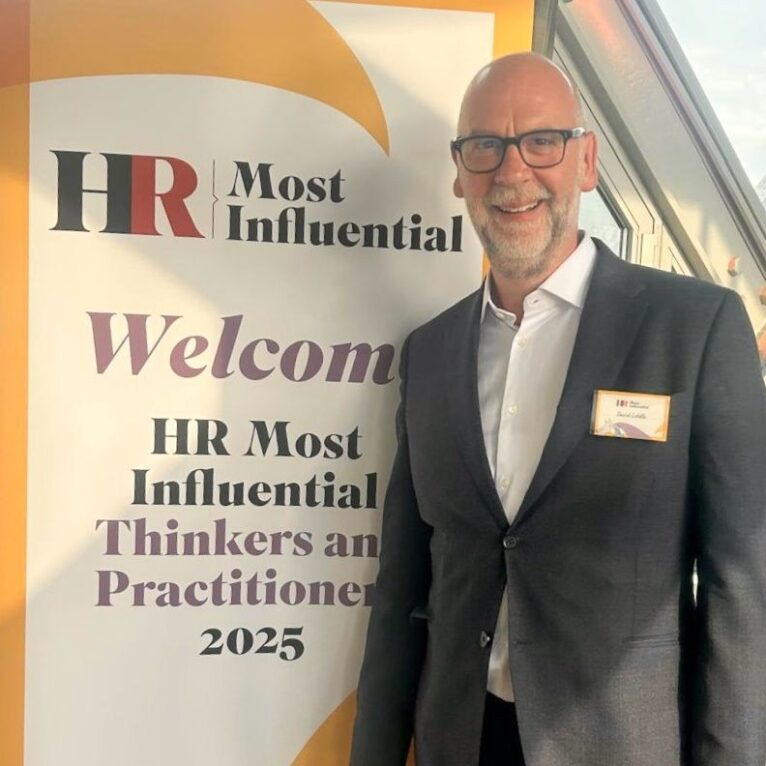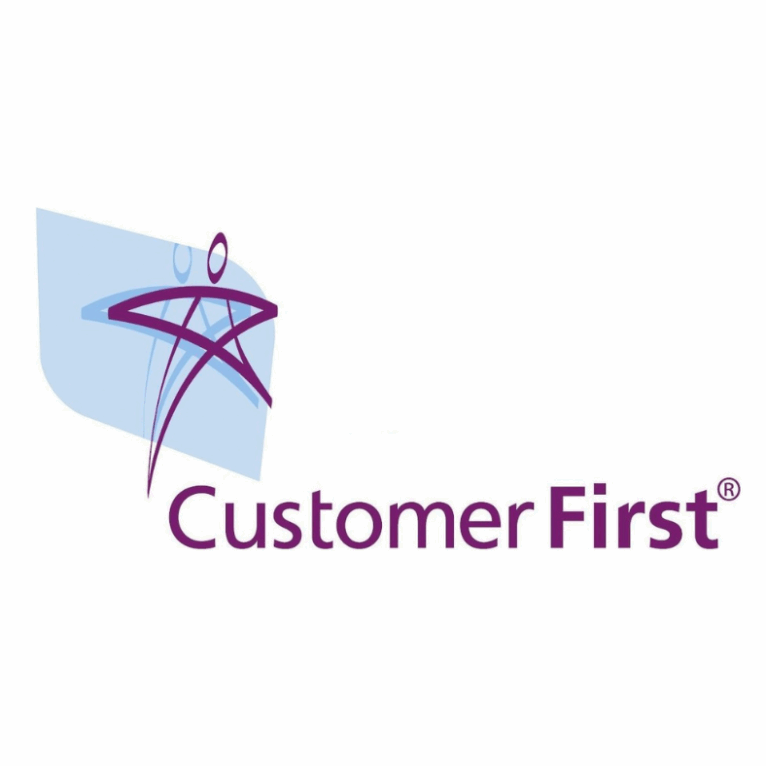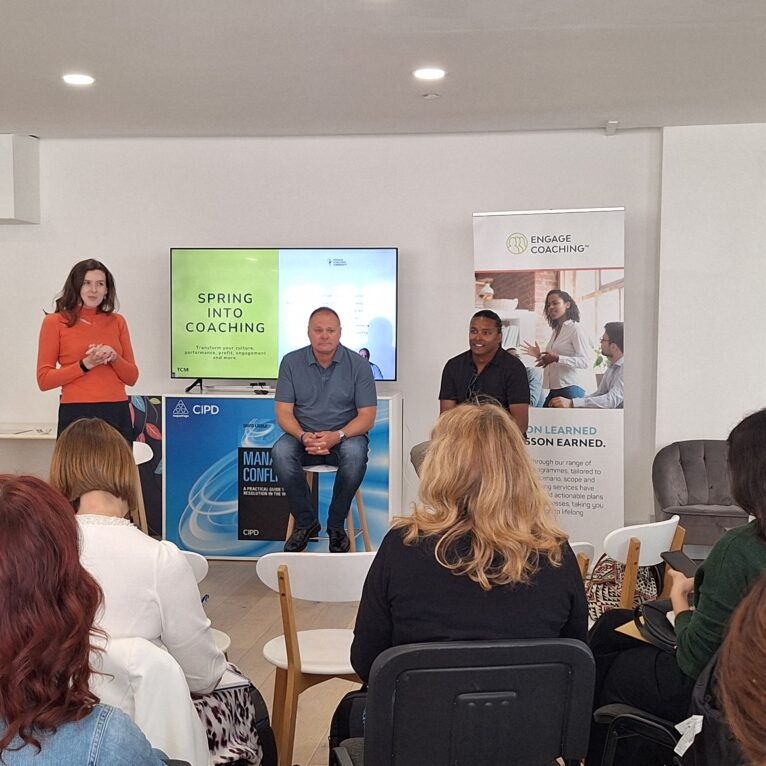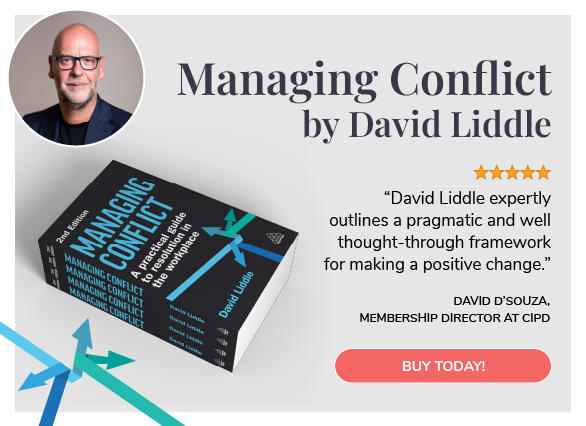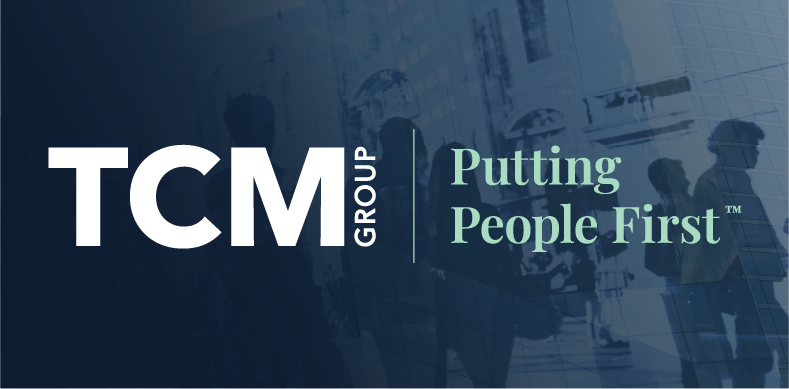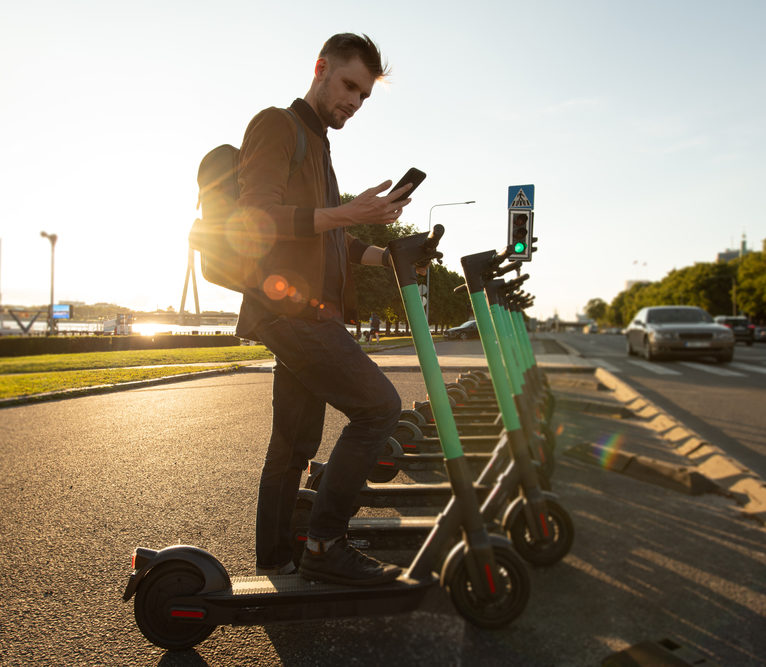
Share article:
Tags:
The Behavioural Insights Team – Jake Reynolds
Energy bills are rocketing. Organisations (big and small) are racing to set increasingly ambitious commitments to achieve decarbonisation targets. More and more investors are factoring environmental, social and governance (ESG) criteria into their investment decisions. And a new generation of talent is prioritising employers based on sustainability credentials when selecting which company to work for.
Let’s face it: the future of the workplace is green. We need to take steps towards making our workplaces more sustainable, our offices more energy efficient, our supply chains more resilient to climate change, and our workforce more green, and so on. And sooner rather than later.
This might seem daunting. However, there are real and quick wins to be made by going green. Just one example comes from the financial savings that can be made from energy efficiency: a regulation in the US mandating that company vehicles were more fuel efficient led to a significant $475 billion in savings for the businesses it impacted (and introducing business energy efficiency standards had a similar effect too: $27 to $64 billion in savings over 30 years). On top of that, you have significant employee support (79% of employees expect their employer to decarbonise and 49% think that their company’s reputation depends on its actions on sustainability) and backing from investors. Plus, of course, there are insurmountable benefits to wider society across the planet from being part of the zero carbon transition.
The main question that most employers are now facing is ‘how can I approach becoming a more sustainable workplace?’.
What does a more sustainable workplace look like?
Workplace sustainability is complicated. There are a multitude of factors that shape the impact that a business or organisation has on the planet, across multiple ‘scopes’ of emission. This can be from the greenhouse gas emission produced directly from heating offices (scope 1), indirectly by paying for electricity generated elsewhere (scope 2), or emissions produced along an organisation’s value-chain through suppliers and customers (scope 3). Workplace sustainability also depends on water, food and material waste at the office (and along the supply chain too).
Crucially, the solutions for boosting the sustainability of a workplace across scopes 1 – 3 are not all simple technological installations and quick fixes. Due to the fact that workplace energy use, water use and waste depends on employees actions and choices, we need solutions that involve culture change and employee uptake of green actions. In short, we need to make our workforce sustainable to make our workplace sustainable.
Below, we list just some of the behaviours and choices that your employees and customers make that contribute to company emissions.

4 tips to make a workplace and workforce more sustainable
At The Behavioural Insights Team (BIT), we specialise in solving challenges involving green behaviour change and culture change. Specifically, BIT has experience facing behavioural challenges across a wide variety of actors that are relevant to greening the workplace. Such as:
- Employees and managers: For instance, BIT’s work has included exploring how to redesign the choice environment to support green action in shared spaces, as well as investigating how to promote green commutes to work (e.g. via active travel or public transport use) and how to promote sustainable pensions choices.
- The supply chain: For example, we have expertise in bringing behavioural insights to shifting green choices and practices of suppliers upstream within your value chain, especially tailored to help companies reach their ESG goals.
- Customers: Lastly, BIT also has expertise in shifting consumer green choices. Some examples include enabling customers to make sustainable food choices, make green choices through banks, consume second hand goods, use plastic bags, and learn about green lifestyles through social media and television content, and much more.
Our experience has allowed us to distil some key insights from across the behavioural literature on organisational change to suggest principles of action. Drawing on our EAST framework, we suggest that to encourage employees to save energy at work, employers need to make it easy, attractive, social and timely. Here, these tips are about energy use:
Make being green Easy
Make the green choice the easiest that it can be, removing as much friction as possible from a green action and providing employees with facilities that enable green choices to be made more conveniently (e.g. providing bike racks for cyclists).
Evidence has shown that automating office energy use can make life much easier for employees, taking the burden of monitoring their energy from the employee altogether. For example:
- Automating desk cluster plugs to switch off if unused for 15-minutes resulted in energy savings of up to 20% compared to the baseline.
- Desktop apps used to control laptops, monitors, phones and desk lights helped employees reduce energy use by up to 38%.
- Heating system technology that senses employee number in an office can reduce energy consumption by 17-24%.
- Pension auto-enrolment boosts the number of pension savers – and similar defaults could be used to increase the share of employees opting for ‘green’ pensions as well.
Make being green Attractive
Make the green choice appealing, fun and beneficial to the person – and attract attention to it. This way, employees will find the green thing the most attractive and obvious thing to do. Studies can give us some ideas for how to make it attractive. For example:
- Reward and congratulate green actions in the workplace. Studies have also shown that publicly rewarding employees and selecting ‘exemplary employees’ can reduce energy consumption by 5-12% across a workplace. Some organisations have even linked staff bonuses to sustainability goals.
- Workplace and office competitions can make a difference too. In 2010, the UK Government used a staff competition to reduce energy consumption of departments, publishing monthly performance tables with a real-time display of energy consumption in the resorts. A year later, they had reduced energy consumption by 10%.
- Make messaging salient and motivating. Simple posters and “turn it off” stickers don’t tend to pack much of a punch and have no impact on energy use. However, when this is combined with strong messaging and CEO-endorsement messaging can have up to up to 30% impact on workplace sustainability.
Make being green Social
Make the green choice interactive, people-focussed and consider encouraging teams to work together to be more sustainable. This makes being green a collective mission for a company culture or organisation. For example:
- Giving someone personalised feedback makes them feel unique – they enjoy it! One study giving people employee level personalised feedback about the way they were using energy in the office and tips for how to change that made a big difference – leading employees to reduce usage by 50%.
- Feeding back to social groups (e.g. teams, departments, desk-clusters) or comparing people to others can be just as impactful. Classic studies that compare people’s energy use to their neighbours, highlighting if you were keeping up with the Joneses, leads to small but meaningful shifts in energy use.
Make being green Timely
A big part of shifting the green choices that people make in the workplace is by making it convenient and obvious to do at the right moment. For example:
- Onboarding new joiners to be green is a critical step. We are most susceptible to disrupting our habits and picking up green ones in periods of transition. This can be demonstrated by evidence that commuters who just moved into an area were 4 times more likely to sign up for a local bike sharing scheme than pre-settled residents – they newcomers were more malleable to change.
These are just some examples for encouraging employee action. Each organisation, industry, and company culture will be facing different obstacles to becoming more green, and every organisation will require a bespoke and tailored approach to make the green transition. When you are making the leap and reaping the benefits – we urge everyone: don’t forget the workforce.
If your organisation is interested in helping your staff, customers, or suppliers to use less energy or take up other sustainable behaviours, please contact BIT to explore opportunities to collaborate.
If you’re interested in embedding a fair, just, sustainable, inclusive and high-performing culture into your organisation, contact TCM here.
[Note: The content for this blog post was produced by the Behavioural Insights Team, based on a previous blog post here – with thanks to Kristina Londakova and Andrew Schein]
